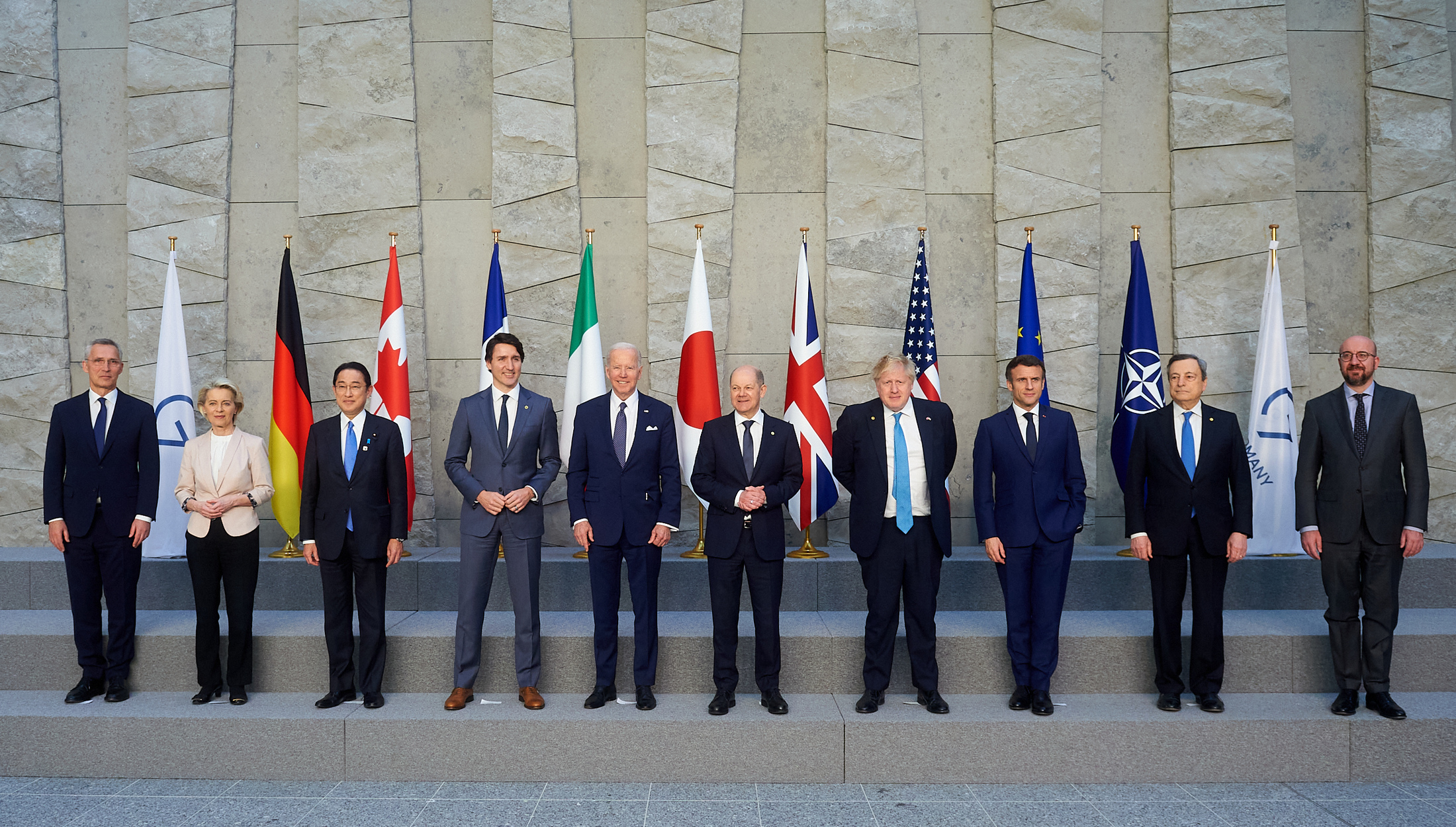Frankfurt, Germany – Finance officials from the Group of Seven rich democracies said they were close to agreeing on a US request to extract more funds for Ukraine from Russian assets frozen in their nations. However, the ministers left it up to national leaders to reach a final agreement before a summit in June.
“We are making progress in our discussions on potential avenues to bring forward the extraordinary profits stemming from immobilized Russian sovereign assets to the benefit of Ukraine,” the draft statement read, without providing more information.
Despite the progress made during the meeting in Stresa, on the shores of Lake Maggiore in northern Italy, the G7 state leaders, including US President Joe Biden, will make the ultimate decision on how the assets will be used next month at their annual summit in Fasano, southern Italy.

G7 Officials Make Progress But No Final Deal On Money For Ukraine From Frozen Russian Assets
Host Finance Minister Giancarlo Giorgetti stated that “progress has been made so far,” but that “legal and technical issues must be resolved.”
“It is not an easy task, but we are working on it,” he told a news conference after the meeting.
On Saturday, Ukrainian Finance Minister Serhiy Marchenko attended the final meeting of finance ministers and central bank heads.
The United States Congress has passed legislation allowing the Biden administration to seize the approximately $5 billion in Russian assets located in the United States, but European countries have a strong voice in the matter because the majority of the $260 billion in Russian central bank assets frozen following the Feb. 24, 2022, invasion are held in their countries.
Citing legal issues, European officials have declined to confiscate the money and send it over to Ukraine as compensation for the damage caused by Russia
Instead, they intend to use the accumulated interest on the assets, which amounts to only around $3 billion per year – roughly one month’s financial needs for the Ukrainian government.

G7 Officials Make Progress But No Final Deal On Money For Ukraine From Frozen Russian Assets
Treasury Secretary Janet Yellen wants to borrow against the frozen assets’ future interest income. That means Ukraine might receive up to $50 billion instantly.
However, European members have expressed concerns about the legal complexities of the proposal and that Russia may retaliate against the reduced number of Western companies and individuals with holdings in Russia or against the Euroclear securities depository in Belgium, where the majority of the funds are held.
Russia has issued a directive from President Vladimir Putin authorizing the confiscation of assets of US corporations and individuals as compensation for any Russian assets seized in the United States
The ministers also discussed addressing China’s massive, state-backed manufacturing of green energy technology, which the US regards as a danger to the world economy. The United States has levied significant additional tariffs on electric vehicles, electronics, solar equipment, and medical goods imported from China. A 100% tariff on Chinese-made EVs is included to protect the US economy against low-cost imports.
G7 Officials Make Progress But No Final Deal On Money For Ukraine From Frozen Russian Assets
The United States has argued that Chinese overcapacity affects not only the United States but also other G7 and poor countries. That’s because China’s sale of low-cost goods endangers the survival of competitive enterprises worldwide.
The G7 is an informal forum that meets annually to discuss economic and security issues. The member countries are Canada, France, Germany, Italy, Japan, the United Kingdom, and the United States. Representatives from the European Union also participate, but the EU does not serve as one of the rotating chairs.
SOURCE – (AP)









